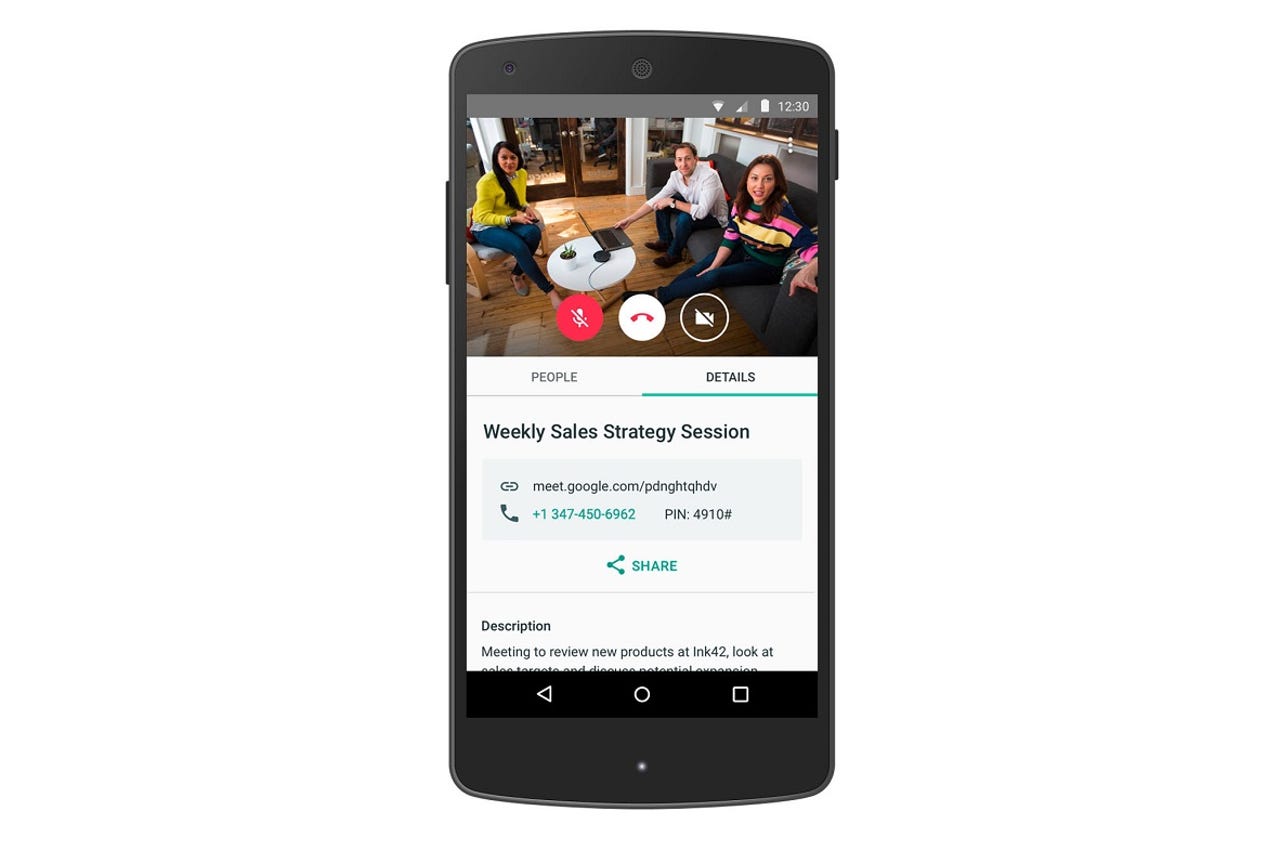G Suite: The new Google office in the cloud

Google's end-user applications have always been useful, and they've been reasonably well-integrated. Now, with Diane Greene, founder and former CEO of VMware, calling Google's cloud shots, things have gotten more closely aligned. In G Suite, Google Apps for Work hasn't just been renamed. It's been re-framed.

With the new G Suite Hangouts you'll be able to automatically work out what time works best for everyone to meet.
True, the same apps will be in G Suite as those in Google Apps for Work. These include Gmail, its video-conferencing program Google Hangouts, Google Calendar, Google Drive, and so on. As before, the service starts at $5 per user per month.
What's different is Google is amping the app's utility by using machine intelligence. What that means, according to Google, is its applications will now do the repetitive, mechanical tasks that take up your time.
This isn't brand new. It's a natural progression of Google's earlier work. For example, Smart Reply offers auto-generated replies for emails that only require a quick automatic response. It may not sound like much, but Google claims more than 10 percent of all replies on mobile are now sent using Smart Reply.
Featured
In the new G Suite, the first program to get smarter will be Google Drive on Android. Quick Access in Drive on Android is meant to pull the files you'll need next right at your fingertips when you open Drive. It does this by analyzing your interaction with your co-workers, your recurring meetings, and activity in Drive. So, for instance, if you've been working on a joint project with your buddies, Google Drive will offer you those files immediately when you open it up. Google customer research shows that Quick Access will save you about 50 percent of the time you'd usually spend searching for the file.
What I'll personally find more useful is Google Calendar smart scheduling. With this function, which is currently only available on Android, you can ask the program to "Find a time" for you and your co-workers. The program takes care of arranging the times and also suggests available rooms based on your previous bookings. If the the list of invitees grows too long and no times are available, Calendar will automatically suggest times where the conflicts are easiest to resolve. This functionality will soon be available on iOS and on the web version of Google Calendar.
Google is also making Google Hangouts easier to set up. When you set up a meeting, each meeting will generate a short link and dial-in phone number so you can invite anyone even if they don't have a computer or smartphone.
At the same time, Hangouts' updated user interface can handle up to 50 video participants. As you might have guessed from the calendar improvement, it also comes with seamless integration into Calendar. And it includes instant screen sharing. To check this out you must apply to the Early Adopter Program.
Google is also adding Explore to Google Docs, Sheets and Slides. Explore acts as a work assistant.
So in Google Sheets, its spreadsheet program, instead of having to devise formulas to get answers, you can simply ask natural language questions to get results. As someone whose spreadsheet skills stalled out about when Excel 2000 was introduced, I appreciate this new functionality.
In Slides, Google now dynamically generates design suggestions. If you go with one of these recommendations you can apply it with a single click -- no cropping, resizing, or reformatting required. Google claims that will save 30 percent of a user's time. Having had fits with slide formatting, I can well believe it.
Finally, with Docs, Explore acts as a research assistant. So, for example, if there's a reference for your position in a paper, Explore will help you find it without needing to use a search window.
On top of this, Google is launching a new beta program: Team Drives. This is a feature that's been missing from Google Drive since Google created it: The ability to share file ownership. Team Drives will enable your crew to have an easy-to-share cloud storage drive. Team Drives, however, is in beta. It is only available through an Early Adopter Program, for a limited number of users.
The battle for the top cloud office suite is on. Microsoft, it's your move.
Related Stories: